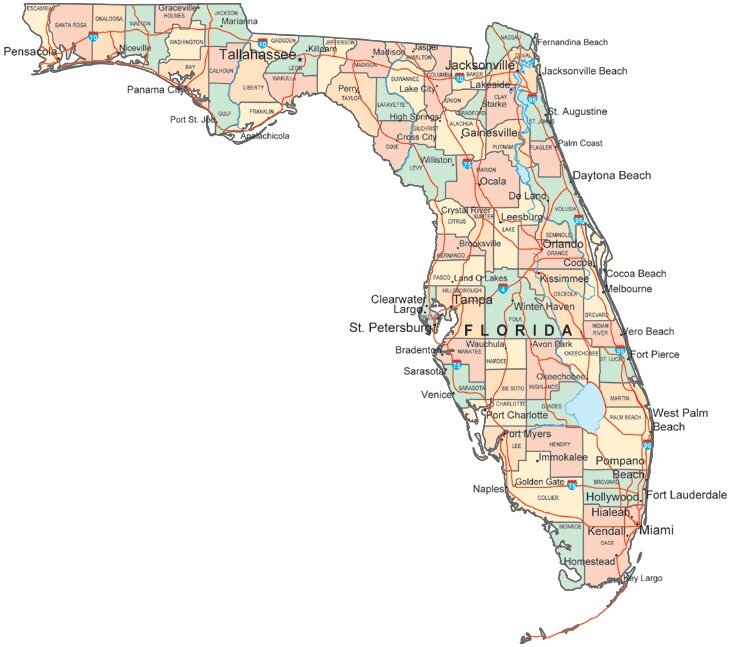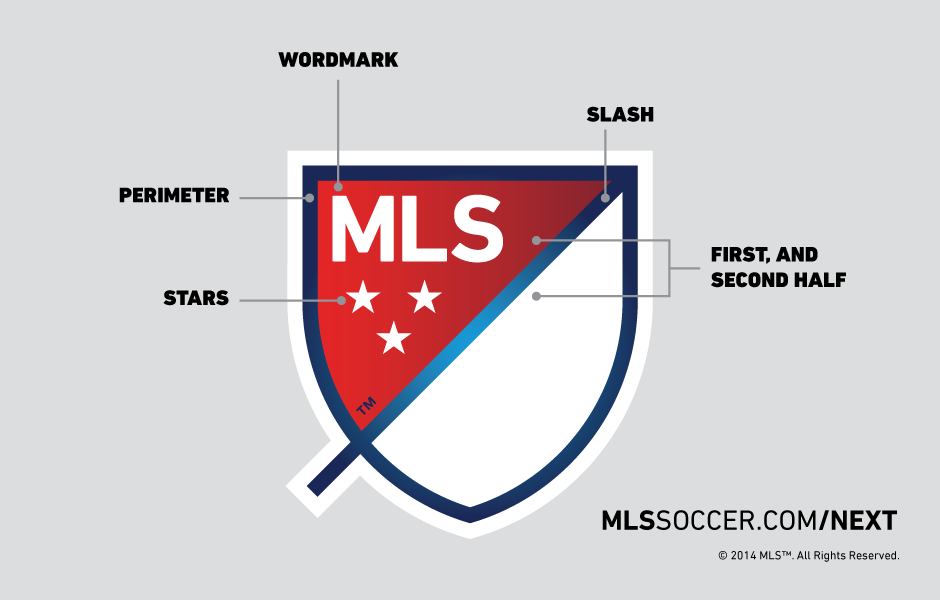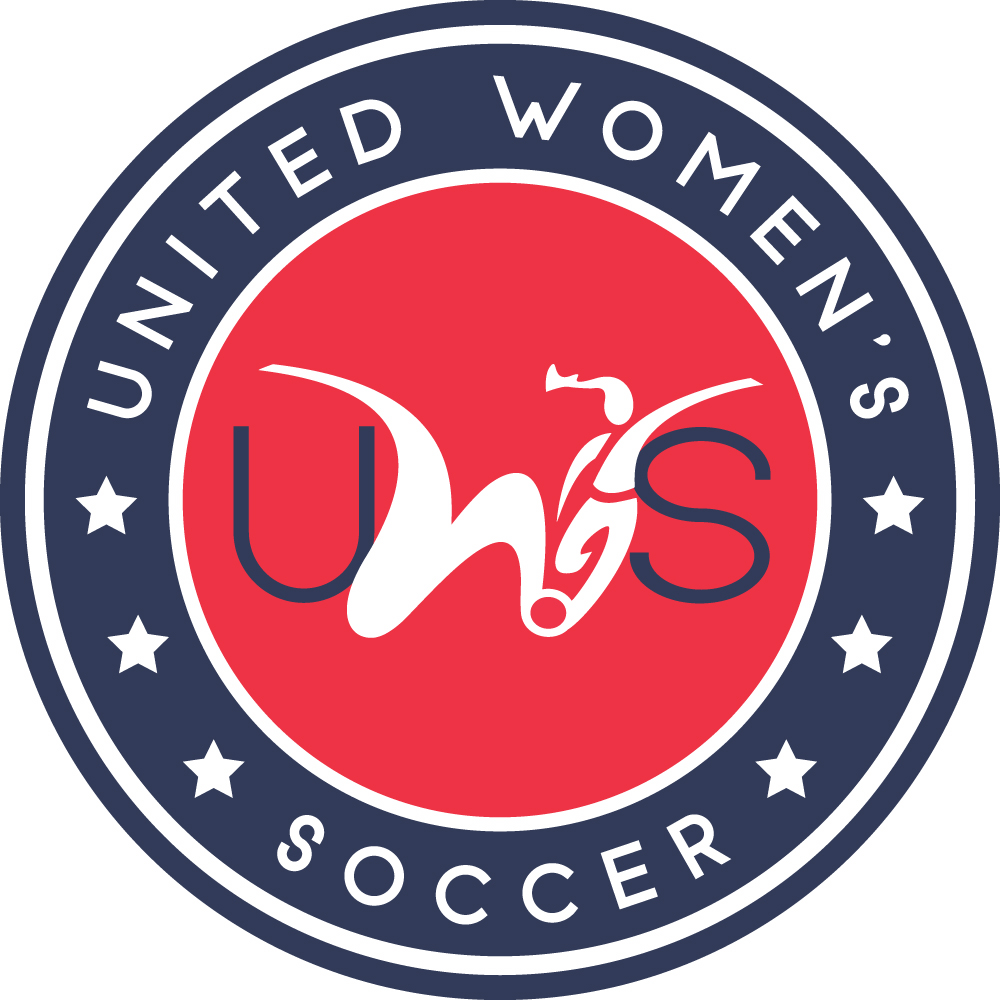A Florida Soccer Proposal
When you’re the editor of a website run entirely by volunteers, focused on a subject near and dear to readers all over the country, sometimes something fun just falls into your lap. We were approached on twitter by Carlos Budyszewick (on twitter) about his idea for a state-wide Florida pyramid. How could we resist? So the following is a thought experiment by Carlos on what the “Florida Premier League” would look like. We enjoyed it very much, we hope you do too.
- Dan
Division 1 FPL – Florida Premier League
Within the USSF 1st Division it would have to start with 12 teams and grow to at least 14 by year 3 to meet PLS which also has other requirements such as Ownership net worth, larger stadia, broadcasting and would have to play in Eastern, Central & Pacific time zones.
Not being in a USSF sanctioned leagued means that the league wouldn’t be associated with FIFA or eligible for any of its tournaments, but how much does this actually matter? The league could declare itself as a top division league that only operates out of the state of Florida.
If Florida was a country - 16th largest economy in the world at nearly $1 trillion USD & 58th most populous at around 21.3 million.
It is the 3rd largest state by population behind California and Texas
Home to 52 billionaires
There is no state level income tax.
The state is almost entirely in 1 time zone Eastern standard, the western most part of the panhandle is Central.
The travel for the league would be far less expensive than nationwide or coastal conferences.
Expect mergers, corporate sponsorships and new owners.
Florida is warm/hot year round, winters are great and the state is a desirable destination for players. Although, it does have a rainy/hurricane season, because of this a league would play from late October at the earliest to early June at the latest.
A regional TV deal to start, you don’t have to start with trying to acquire a nationwide broadcasting deal.
League should sell league naming rights
The league could grow by not relegating teams out of the first division immediately.
The league system should definitely have administrative relegation
If the league chooses to grow rather than relegate when it hits 12 teams it should only play home and away once. 16 teams max and that’s stretching it.
Requirements/Consideration for first season of first division
Current fan base and a venue that can hold 1000 people to start in this division
Have a youth academy.
While this list does include some of the best teams in the state it also keeps in mind financial backing, fan base, and the attempts to spread the league across the state.
It does not include MLS sides in Orlando and Miami because as interesting as that would be It’s not probable. (I mean this whole thing isn’t but you know what I mean)
4 of these team would also have to start paying players by the 2nd season (any amount), teams should pay their players what they can afford without pressure from the league. Players will move if they wish to potentially weakening teams paying less.
Player contracts are necessary once in the league.
Branding
Teams must have a unique identity - avoid copying or ownership with branding of teams abroad. They don’t have to be good as that is subjective; however, they should be original.
These are first teams, meaning they should not have the words such as Academy or School in their name and all team including second teams should not have t “U, U-” in their name to denote age of players
2nd Division
All the USL League 2 teams are here because of their ability & experience traveling & financial backing. Their biggest challenge will be playing in a different season without the benefit of college players.
You might have noticed that Orlando went unrepresented in the 1st division; so why are Panthers in the 2nd division? Well they are able to travel statewide we know this from their time in NPSL, however they aren’t one of the stronger sides and Orlando is basically owned by the MLS side. A merger between them and Sea Wolves seems best and interesting.
An argument could be made that a few teams in this division should play in the first division however they might not have the travel experience, front office structure, or might be overshadowed by another team in their market.
Soldiers is an example of a strong enough side for 1st division overshadowed by other teams in their market and their front offices. However, they should see promotion quick. Soldiers and Miami Sun are two top teams in the UPSL who have a rivalry that can be fueled by being in the same division.
The travel required here is a huge jump for any promoted side. Soldiers and Miami Sun will be tested here.
500 capacity stadium to play in this division
Ability to travel Statewide
3rd Division
Rivalries are embraced here every game is a battle between familiar faces.
2 Gulf Coast NPSL teams are here to ease travel keeping them in North and Central Florida rather than statewide, they also help prep teams for travel should they move up. They can maintain a rivalry while in the same division. Pensacola would have to adjust to losing an hour whenever they are away. Away teams luckily gain an hour and they will need it considering how far Pensacola is.
Arguments can be made that there are a few sides good enough to be in the second division; however, most of these teams are not accustomed to traveling especially out of the south group and most of them don’t try to appeal to fans meaning a lack of commercial & gameday income.
Travel in the 3rd Division should be manageable for teams moving up from the 4th division it will be more difficult for the northern teams.
When teams get relegated here the next season they will be place in either group A or B whichever makes most sense, for all intents and purposes I labeled them as North and South, but the groups aren’t necessarily constricted by North and South and teams can find themselves playing in group A one season and B another depending on the newly promoted and relegated teams.
4th Division - FML Florida Metro Leagues – The Metro Division
This is the highest division any 2nd teams can start at – which helps to add professionalism and organization to the division while also preventing teams from immediately controlling a regions player pool.
A clubs cannot operate two clubs in the same division.
Group A - is comprised of UPSL Orlando teams primarily however a fifth division could be run by CFSL who could inject teams into lower localized divisions. There could also be additions of UPSL II sides.
Atletico Orlando previously branded as Sea wolves 2 – I don’t really know what is going on here, I’d like to have put them with Tropics or in the 2nd division, but they haven’t done well outdoors. They need a rebrand. A merger with Central Florida would be interesting.
Group B - Essentially it’s the Tampa Bay area, could be run by FSSL as many teams are currently apart of this USASA league or have played there before. FSSL has lower divisions and Pro/Rel which could establish lower localized divisions.
Group C - Central Broward & Palm Beach with one 2nd team in St. Martin, primarily filled with FGCL teams it has the benefit being run by FGCL organizers Lauderdale SC. Palm Beach Breakers as a FGCL team would best fit here pre NISA, for that reason I put Gold coast here. Gold Coast being here fuels two rivalries they currently have against Himmarshee & FSI Vultures. Himmarshee & PB Breakers/Gold coast are also very active within FGCL and social media, they would do a great job at helping set an example for the division & getting exposure. The addition of Brothers strengthens the division. CASA & BASL could potential get involved in the division and creating a fifth divisions with more teams.
Group D - South Broward and Miami Dade, part UPSL II part FGCL. Miami Soccer Academy who fielded for storm fc this past season run Romero cup in Miami and does a good job filming games, they could be hugely helpful to teams in this division. Having Soldiers 2 (u23), Miami United U23 & Red Force 2 keeps things plenty competitive and strengthens the division.
Plenty of Miami leagues could get involved in a 5th division of groups that would be played at parks and act as a player pool.












